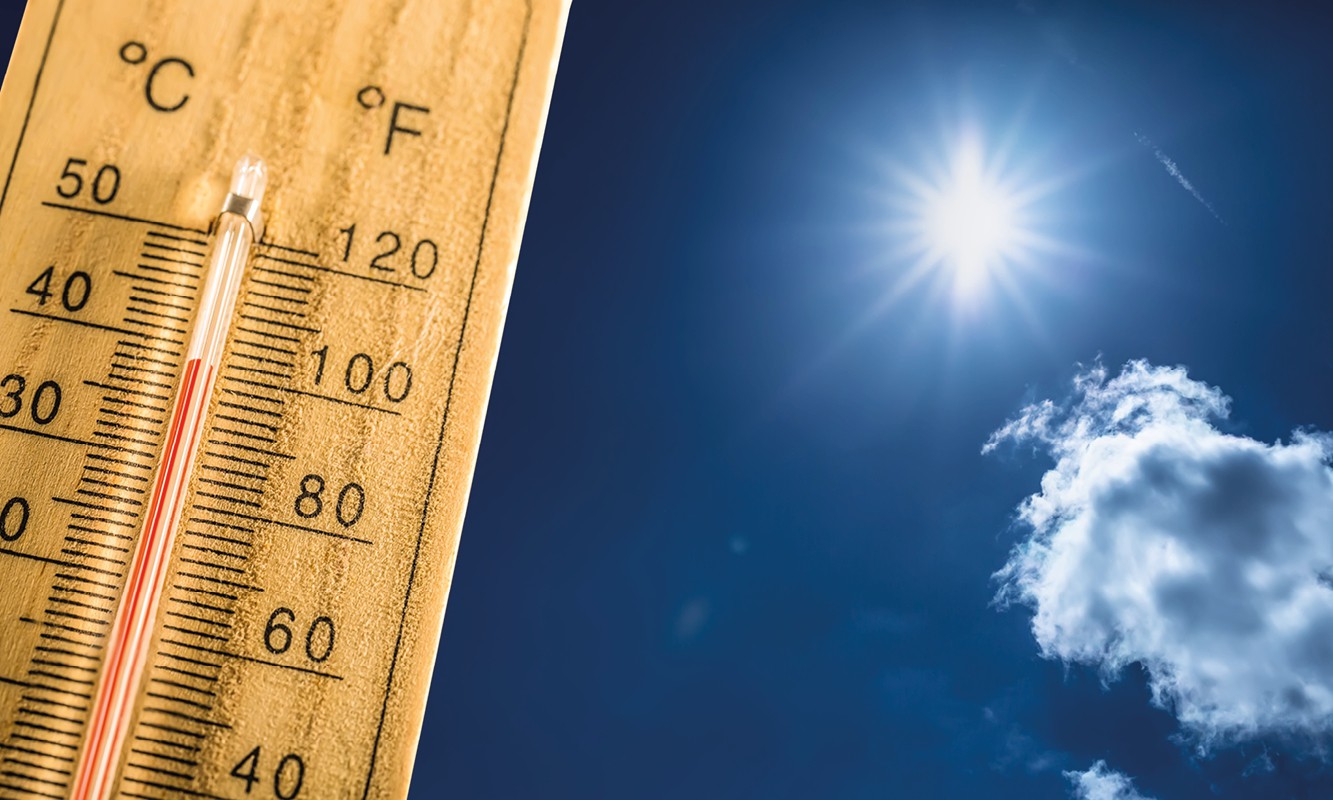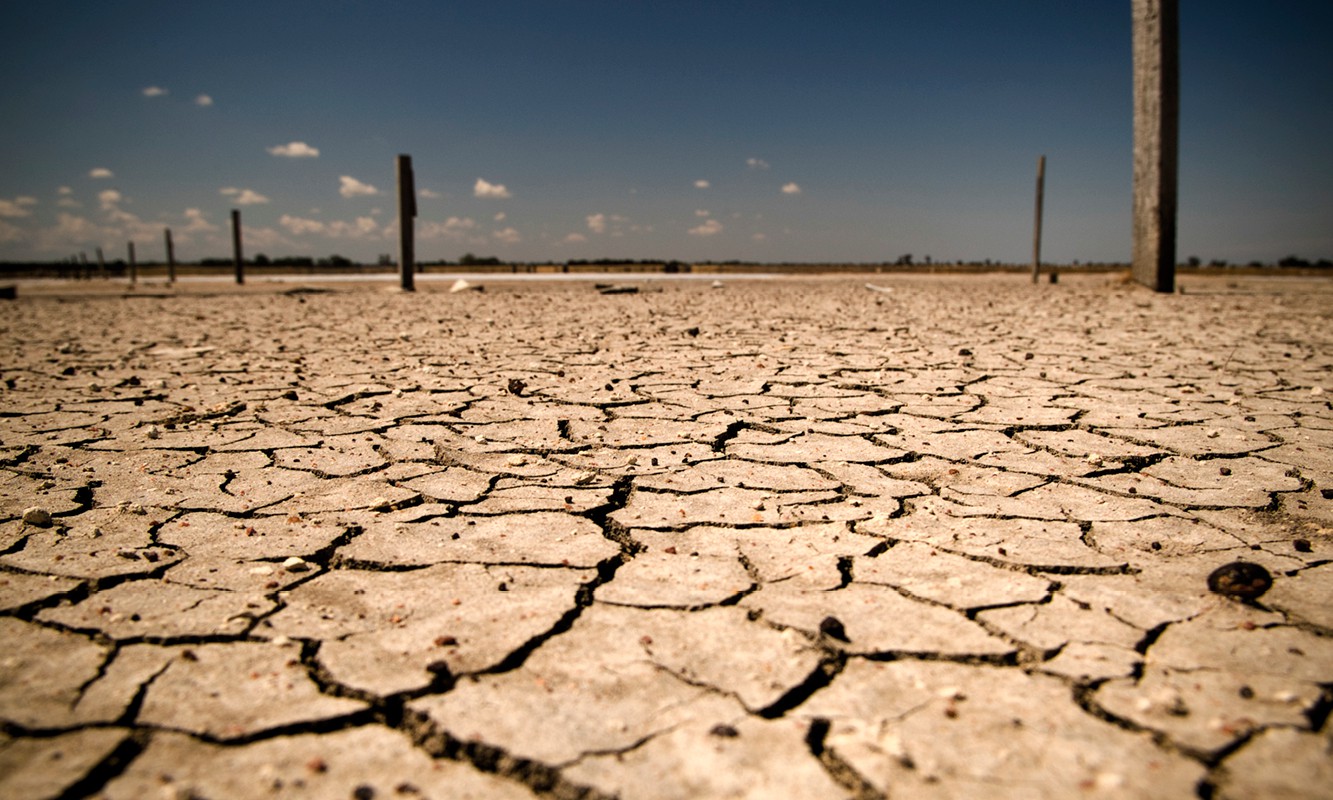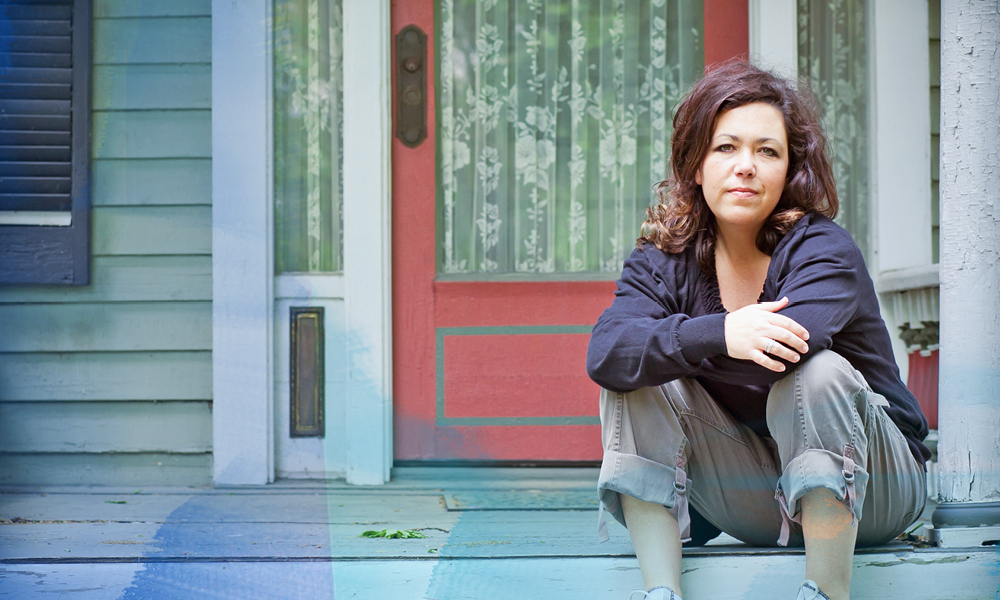As COVID-19 and recent climate disasters have taught us, risk-based planning and preparedness can save lives. As summer looms, we need to apply this forward thinking to extreme heat.
What is the contribution of law and legal practice to the prevention of heat-related climate harms such as heatstroke and heat stress? What law and policy interventions can the Queensland legal profession make to improve legal protection against extreme heat waves?
The injustice of heat waves
The people most at risk from extreme heat in our community are the elderly, pregnant women, the very young, and people with chronic illnesses and disabilities. Their risk heightens if they live alone or are socially isolated, and do not have access to air conditioning, fans, or good ventilation in their homes. People who are homeless are directly exposed,1 as are workers in outdoor environments.
Death and illness from heatwaves will occur disproportionately amongst people with the least ability to cope, adapt or recover. These cohorts of our society fit the profile of clients serviced by the legal assistance sector. This inequity is a form of climate injustice.
How does Queensland manage the response to extreme heat?
Queensland is an extremely geographically diverse landmass with different climatic conditions. Extreme heat is experienced differently depending on where you are located. Naturally humid areas like the far north and southeast are ‘hotspots’ for climate harm; conditions over 35 degrees are ‘dangerous’ when combined with 70 per cent humidity, and ‘extremely dangerous’ with 80 per cent humidity.2
In the western parts of the state where it is typically very hot but dry, places can reach temperatures that are practically unliveable. The Queensland Government has already forecasted catastrophic high heat futures for many locations in its State Heatwave Risk Assessment.3
The state strategy for responding to heatwaves across Queensland is contained in the Heatwave Management Sub-Plan.4
The sub-plan includes the identification of vulnerable groups with scalable strategies in place to support them, however it also assumes most people can self-manage their situation either with cooling devices or by accessing business premises such as shopping centres or cinemas.5
This implies that people can afford to cool themselves and have no mobility constraints; an approach that is neither equitable nor grounded in a human rights approach.
In other parts of the world, laws that explicitly address heat equity are in place. An example is New York City, where in 2020 the City Council passed local laws to address cooling equity and to report on neighbourhood heat vulnerability and heat-related deaths.6
The Comprehensive Cooling and Communication Plan imposes a legal obligation on the Office of Emergency Management to develop a plan to inform residents about the dangers of heat exposure, access to cooling centres, and how vulnerable populations can stay cool during heat-related emergencies.7
This and other local laws support policies and programs to map and monitor heat inequality, and target households that lack access to air conditioning to deliver home cooling support programs.8
Preparedness, not response: disaster legal assistance for heat waves
The Queensland legal assistance sector supports people with legal issues following extreme weather events such as floods or bushfires, but legal help for heat waves presents a different type of challenge. Heat waves are not explicitly listed as a disaster event under Queensland law.9
Extreme heat is a climate hazard that does typically not have a long tail of disaster recovery because, quite bluntly, the major harm from a heat wave is death or severe illness. More important than disaster recovery legal work is the need for preparatory legal assistance and law reform to improve laws that regulate the conditions in which heat affects people in their daily lives.
Improving laws to address extreme heat in everyday settings
Schools and workplaces are regulated by many laws and there is an opportunity for them to be ‘climate proofed’. Calls for national policies to help Australian schools cope with extreme heat underscore the fact that learning is not possible under high heat conditions.10
Similarly, strengthening occupational health and safety frameworks would also help mitigate the dangerous impacts of high heat across exposed workplaces and industries.11 The coronial jurisdiction has already determined heatstroke as the cause of death for outdoor workers in Queensland.12
Housing and tenancy law is another key site of reform. While the recently introduced minimum housing standards are a welcome addition offering greater legal protection for Queensland tenants, they do not include any requirement for air-conditioning or thermal insulation.13 Recent advocacy by community legal centres demonstrates the acute need for improved habitability for public housing tenants enduring the effects of living with prolonged extreme heat.14
As we move into summer, many cohorts of our community will seek out places that offer air-conditioning. People are likely to frequent public and commercially run facilities such as libraries, shopping centres, private building foyers, and even petrol stations as a way of seeking refuge from the oppressive heat.
This raises legal questions about the common law and/or statutory obligations of commercial operators to allow entry to people to use their premises to keep cool. Anti-discrimination and human rights laws may have relevance, but arguably there is also a moral case for companies to demonstrate good corporate citizenship by helping to mitigate the dangers of extreme heat.
Lawyers play a key role in advising their corporate clients to uphold tenets of environmental, social and corporate governance. They can encourage positive, human rights-respecting corporate action in response to extreme heat events.
Conclusion
Legal protection from the deadly consequences of extreme heat in Queensland is patchy and incomplete. There is a pressing need and opportunity to take a heat equity approach and to strengthen legal and regulatory protections for extreme heat across many sectors and areas of law including education, housing and employment.
Ultimately, the best protection against extreme heat and heatwaves is to ensure deep and sustained cuts to greenhouse gas emissions into our atmosphere. But even if carbon emissions were stopped in their tracks tomorrow, heatwaves will continue to pose significant risk to the life, health, and wellbeing of people in our community most at risk of climate harm. We need to prepare the long-term resilience of our communities and ensure our laws support the protection of people most at risk from extreme heat.
To find out more about how community legal centres are supporting disaster and climate resilience, visit https://www.communitylegalqld.org.au/disaster-and-climate-resilience/
Footnotes
1 Danielle Every, John Richardson and Elizabeth Osborn, ‘There’s Nowhere to Go: Counting the Costs of Extreme Weather to the Homeless Community’ (2019) 43(4) Disasters 799.
2 Mark Ogge, Bill Browne and Travis Hughes, HeatWatch Queensland: Extreme Heat in the Sunshine State (Discussion Paper, The Australia Institute, 2019) 42, 1.
3 Queensland Fire and Emergency Services, Queensland State Heatwave Risk Assessment 2019 <https://www.disaster.qld.gov.au/__data/assets/pdf_file/0026/339308/QFES-Heatwave-Risk-Assessment.pdf>.
4 Heatwave Management Sub-Plan, Queensland Health, June 2019: https://www.health.qld.gov.au/__data/assets/pdf_file/0032/628268/heatwave-response-plan.pdf
5 Ibid 17, 5.3.1.
6 Law 2020/085 (enacted 28/5/2020) and Law 2020/084 (enacted 28/8/2020).
7 <https://legistar.council.nyc.gov/LegislationDetail.aspx?ID=4540499&GUID=E1590136-3C3A-4C54-9027-4683655174C7&Options=ID%7CText%7C&Search=comprehensive+plan> accessed 6 October 2023.
8 New York City Council, Heat and Cooling Equity <https://council.nyc.gov/data/heat/>.
9 Section 16(1) Disaster Management Act 2003 (Qld)
10 Brendon Hyndman ‘Too hot to learn – why Australian schools need a national policy on coping with heatwaves’ (The Conversation, 23 February 2017) <https://theconversation.com/too-hot-to-learn-why-australian-schools-need-a-national-policy-on-coping-with-heatwaves-73432>.
11 Elizabeth Humphrys, James Goodman and Freya Newman, ‘“Zonked the Hell out”: Climate Change and Heat Stress at Work’ (2022) 33(2) The Economic and Labour Relations Review 256.
12 Inquest into the death of Olivier Max Caramin (Coroner’s Court of Qld) 2017/4872 (20 August 2021); inquest into the death of Glenn Richard Newport (Coroner’s Court of Qld) 2013/166 (20 April 2016).
13 Schedule 5A Residential Tenancies and Rooming Accommodation Regulation 2009 (Qld)
14 Grace Dudley, Stuck in the Heat: Lived experiences of public housing tenants in the Kimberley (Kimberley Community Legal Service, 2022); J Lander et al, Extreme Heat Driven by the Climate Emergency: Impacts on the Health and Wellbeing of Public Housing Tenants in Mildura, Victoria (Mallee Family Care, 2019)












One Response
This is an excellent, succinct piece that explores a range of significant issues. I’m really pleased that it is pushing into the preparedness space, as so much of the legal sector involvement in disasters is in recovery, as people are trying sort things out (mind you, the legal sector is not alone here). Its very interesting the focus on rights, and also common law obligations (or not) around access to cooling space. Bravo, and excellent piece